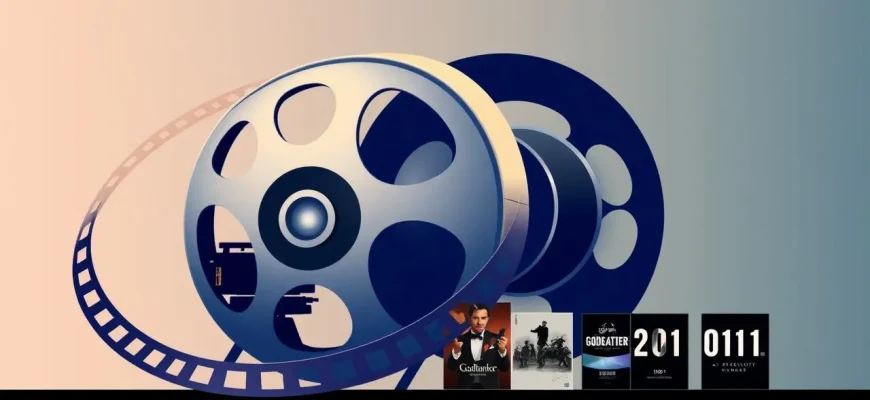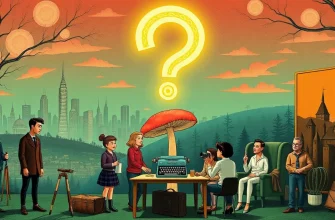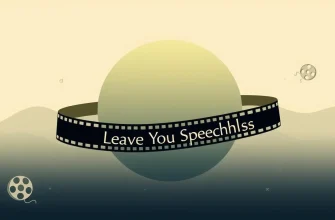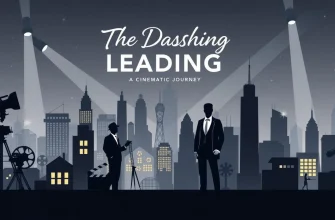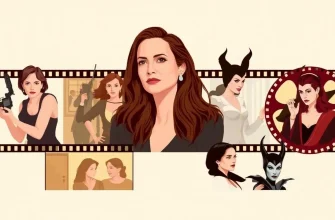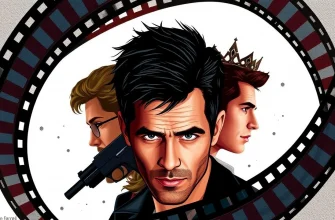Hollywood has produced countless films that have not only entertained but also shaped the very fabric of cinema. This curated list of ten films represents the pinnacle of Hollywood's cinematic achievements, offering a journey through time, emotion, and artistry. These are not just movies; they are cultural touchstones, masterpieces that have left an indelible mark on the world of film. Watching these films is like taking a masterclass in storytelling, cinematography, and the magic of movies.
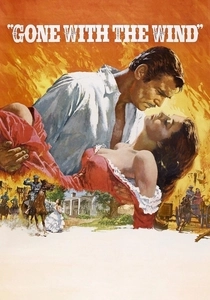
Gone with the Wind (1939)
Description: An epic historical romance, "Gone with the Wind" is renowned for its sweeping narrative, grand production, and the unforgettable character of Scarlett O'Hara. It's a film that captures the turbulent times of the American Civil War and Reconstruction.
Fact: It was the first film ever to be shown on video while it was still being shown in theaters, and it won eight Academy Awards, including Best Picture.
 Watch Now
Watch Now 
The Wizard of Oz (1939)
Description: A magical journey from black-and-white Kansas to the colorful Land of Oz, this film has enchanted generations with its story of friendship, courage, and the quest for home.
Fact: Judy Garland's iconic ruby slippers were originally silver in the book, and the film was one of the first to use Technicolor in such a vibrant way.
 Watch Now
Watch Now 
Citizen Kane (1941)
Description: Often hailed as the greatest film ever made, "Citizen Kane" revolutionized storytelling with its innovative use of flashbacks, deep focus cinematography, and its exploration of the life of a media tycoon.
Fact: Orson Welles was only 25 when he directed the film, and the character of Charles Foster Kane was inspired by real-life newspaper magnate William Randolph Hearst.
 Watch Now
Watch Now 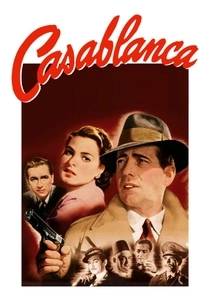
Casablanca (1942)
Description: Set during World War II, this romantic drama captures the essence of love, sacrifice, and political intrigue. Its iconic lines and scenes have become part of popular culture, making it a must-watch for its timeless appeal.
Fact: The script was still being written during filming, and the famous line "Here's looking at you, kid" was improvised by Humphrey Bogart.
 Watch Now
Watch Now 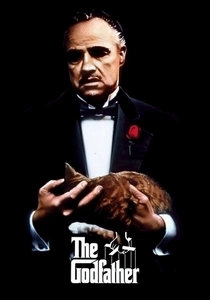
The Godfather (1972)
Description: A timeless saga of family, loyalty, and the American Dream, "The Godfather" is a cornerstone of modern cinema. Its portrayal of the mafia world is both captivating and nuanced, offering a deep dive into the complexities of power and tradition.
Fact: Marlon Brando improvised the famous cat scene, and the film's script was initially rejected by several studios before Paramount Pictures took a chance on it.
 Watch Now
Watch Now 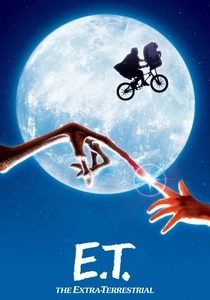
E.T. the Extra-Terrestrial (1982)
Description: Steven Spielberg's heartwarming tale of a boy and his alien friend captures the innocence of childhood and the power of friendship. Its emotional depth and visual effects were groundbreaking.
Fact: The film was shot in chronological order to capture the genuine reactions of the child actors, and the iconic bike scene was inspired by a dream Spielberg had.
 Watch Now
Watch Now 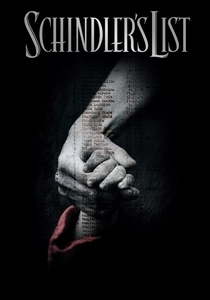
Schindler's List (1993)
Description: Steven Spielberg's powerful portrayal of Oskar Schindler's efforts to save Jews during the Holocaust is a testament to the impact of individual action in the face of overwhelming evil. It's a film that educates as much as it moves.
Fact: Spielberg refused to accept a salary for directing the film, and the film was shot in black and white to give it a documentary feel.
 Watch Now
Watch Now 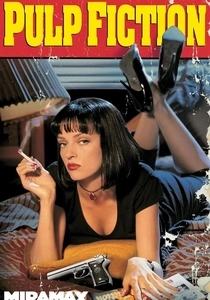
Pulp Fiction (1994)
Description: Quentin Tarantino's non-linear narrative, sharp dialogue, and eclectic mix of characters redefined the crime genre. Its cultural impact and stylistic innovation make it a landmark film.
Fact: The dance scene between John Travolta and Uma Thurman was inspired by a scene in Jean-Luc Godard's "Bande à part," and the film's script was sold for $110,000, which was a record at the time.
 Watch Now
Watch Now 
The Shawshank Redemption (1994)
Description: A story of hope, friendship, and redemption, this film has resonated with audiences for its uplifting narrative set against the backdrop of a prison. Its themes of perseverance and the human spirit are universally appealing.
Fact: Despite its critical acclaim, it was not a box office success initially, but it has since become one of the most beloved films of all time.
 Watch Now
Watch Now 
Star Wars: Episode IV - A New Hope (1977)
Description: The film that changed the landscape of science fiction cinema, "Star Wars" introduced audiences to a galaxy far, far away, filled with adventure, iconic characters, and groundbreaking special effects.
Fact: George Lucas initially planned for the film to be a standalone, but its success led to the creation of a franchise, and the sound of the lightsabers was created using the hum of an old projector.
 30 Days Free
30 Days Free 
